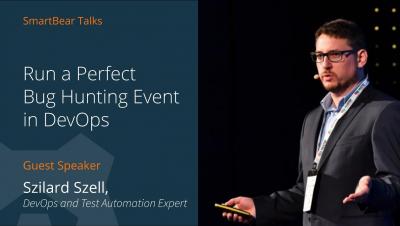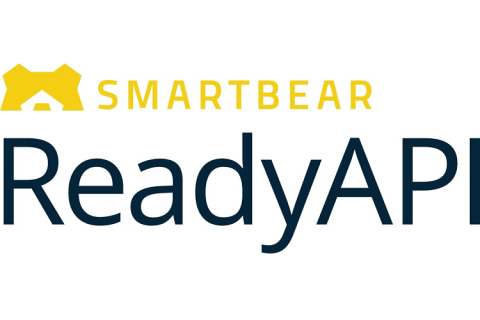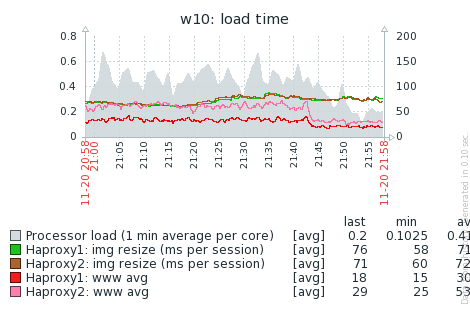Systems | Development | Analytics | API | Testing
%term
Run a Perfect Bug Hunting Event in DevOps - Szilard Szell | SmartBear Talks
SmartBear to Offer Unmatched GraphQL Support and Enhanced UX with Release of ReadyAPI Pro 3.0
How to Set Up & Use Google Analytics Conversion Tracking
Configuring AWS GuardDuty with Lambda for Slack Notifications
At Kong, we leverage many tools to protect our services and customers. Terraform from HashiCorp allows us to automate the process with Infrastructure as Code (IaC). Another important tool is Amazon Web Services (AWS) GuardDuty, a continuous monitoring service for security threat detection in your AWS accounts.
Kong Studio 1.0 Released!
Today, we’re thrilled to release Kong Studio 1.0, our spec-first design and development tool for APIs leveraging the power of Insomnia! In this release, you’ll find the ability to design specifications, sync with git, convert your spec into requests for debugging purposes and more.
Caching with Elixir and ETS
In this post, you’ll learn how to use ETS as a caching mechanism in your Elixir applications, get familiar with different available options, and be made aware of some things to keep in mind.
Use PHP 7
Out of the proverbial, box, PHP provides decent performance. However, there are several things that we, as PHP developers and systems administrators, can do to increase its performance even further; sometimes for almost no effort. In this post, I'm going to step through five of those ways. By the time you're finished reading, you should see at least a notable increase in the performance of your PHP application. Let's begin.
Birds migrate. But why do data warehouses?
Well, let’s be specific here. Birds migrate either north or south. Data warehouses are only going in one direction. Up, to the cloud. It’s a common trend we’re seeing across every vertical and across every region. Companies are moving their existing data warehouses to cloud environments like Amazon Redshift. And more often than not –unlike their feather counterparts– once they migrate to the cloud, they never come back. But why? Simply put, it just makes sense.
Creating a new Analytics Experience - we call it AX.
Do more with your dashboards. If, like me, you are someone who uses data to make decisions (what we call a business user), I suspect your experience with analytics and in particular dashboards is mixed verging on the ‘not that great’.










